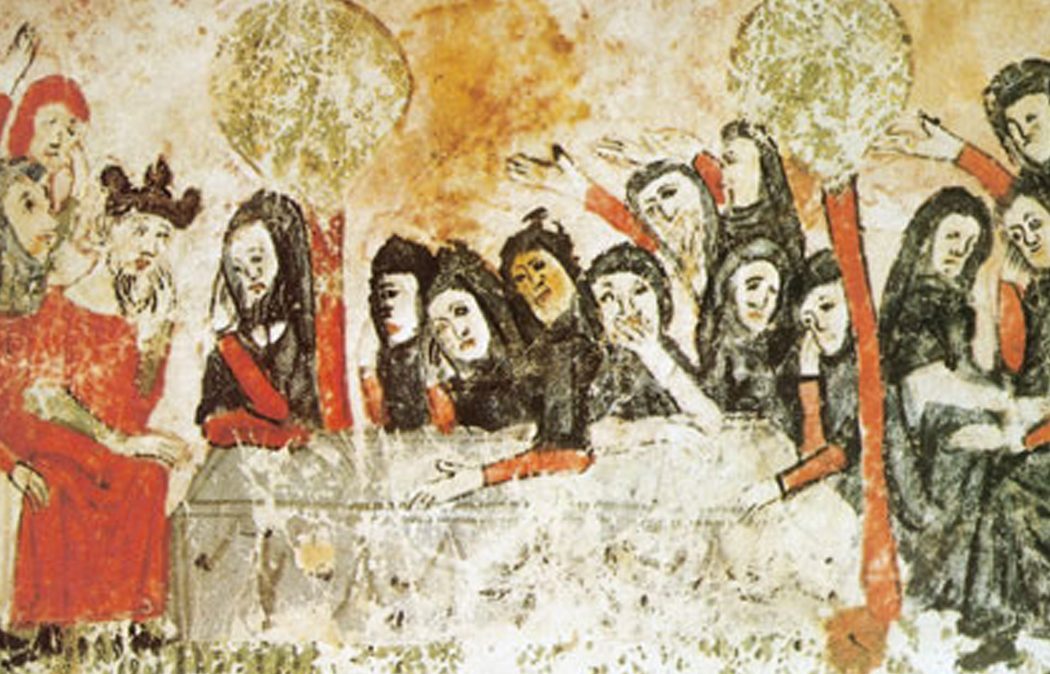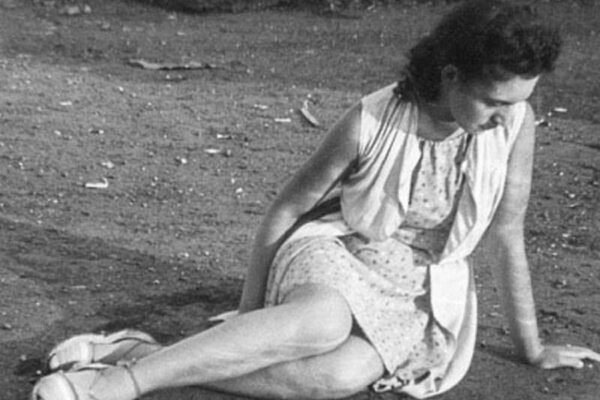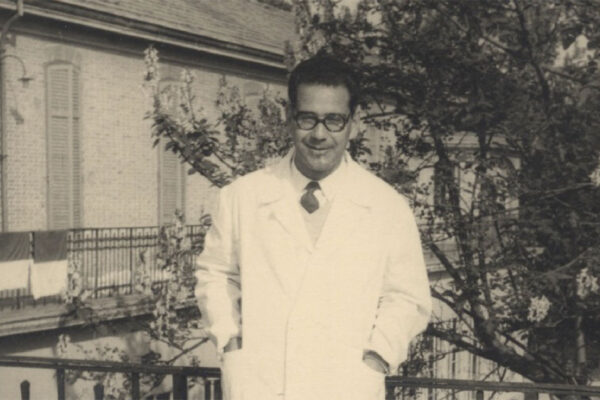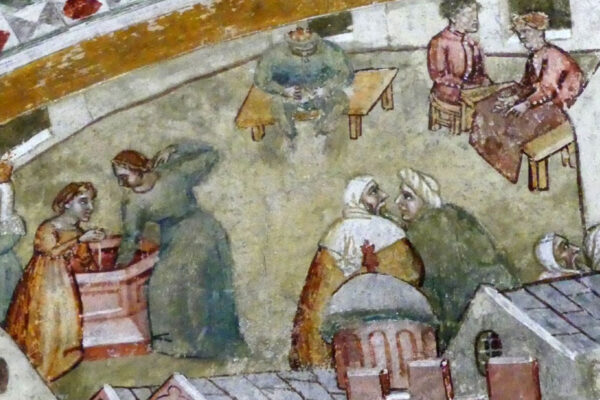Tabea Alexa Linhard. Jewish Spain: A Mediterranean Memory. Stanford: Stanford University Press, 2014. 248 pp. $60.00 (cloth), ISBN 978-0-8047-8739-0.
Reviewed by Soledad C. Fox (Williams College)
Published on H-Judaic (May, 2015)
Commissioned by Matthew A. Kraus
Printable Version: http://www.h-net.org/reviews/showpdf.php?id=42409
Citation: Soledad C. Fox. Review of Linhard, Tabea Alexa, Jewish Spain: A Mediterranean Memory. H-Judaic, H-Net Reviews. May, 2015.
URL: http://www.h-net.org/reviews/showrev.php?id=42409
Spain’s Jewish Absence
In the midst of the Spanish Civil War, Hannah Arendt noted that “even Franco, in a country where there are neither Jews nor a Jewish question, is battling the troops of the Spanish Republic while mouthing anti-Semitic slogans”.[1] Arendt’s assessment of the situation was not completely accurate. There was, in fact, a relatively small but active Jewish population in Spain by the time the Spanish Civil War broke out in 1936. A Jewish population had started to spring up again in Madrid, Sevilla, and Barcelona in the mid-nineteenth century, when anti-Semitism began to rise in other parts of Europe. These new immigrants were the first to settle in Spain since the Inquisition drove Spanish Jews into exile or forced conversion. These communities were discreet, and there was no reason why Arendt would have known about them. Nor was there any reason why Franco or his collaborators would have seen this actual Jewish presence as a threat to their plans to conquer Spain.
Arendt’s insight is, thus essentially correct: the anti-Semitism of Franco’s propaganda machine had nothing to do with real people; it was a metaphorical projection, and a motivational fantasy, of Spain’s imagined enemy: the Judeo-Masonic-Bolshevik conspiracy against Catholic Spain. Jews were cast as the enemy for the simple reason that Franco guessed that the anti-Semitic strategy that had worked for the Catholic king and queen in the fifteenth century might suit his own campaign. Franco was a pragmatist, and saw no need to create when he could just recycle. The fact that his role model was five centuries old gave his idealogical thrust just the right retrograde classical tone to fashion himself in the mold of an old-fashioned leader for new times. The anti-Semitic streak of his platform also dovetailed with his attempts to impress his indispensable foreign ally, Hitler. Anti-Semitism was so deeply ingrained into the Spanish psyche from Inquisitorial times, that it was irrelevant whether there were Jews living in 1930s Spain or not: it was completely disconnected from reality. The idea that Franco was selling, and that his supporters were buying, was that Jews, and their Communist and Masonic associates, were destroying the entire world, and Spain was at the top of their list of targets.
Spain thus had a tenuous Jewish presence in the centuries following the Inquisition, and an only slightly stronger one between the 1850s and 1936. For five hundred years, the Jewish relationship to Spain has been based more on absence than presence.
Tabea Alexa Linhard, in Jewish Spain: A Mediterranean Memory, explores the relationship between the presence and absence of Jewish life in Spain. In doing so, the author establishes a meaningful link between Inquisitorial anti-Semitisim and the persecution of Jews by Fascist powers in the twentieth century. This important connection, and its complex ramifications, is one often ignored by non-Hispanists.
Jewish Spain is not a history, but more an evocation of the themes and questions that span the two historical points of persecution, both haunted by the distant image of Sepharad, a place and time when, we like to think, large numbers of Jews lived peaceably on the Iberian Peninsula. Linhard’s study gracefully sifts through a broad array of references from the fields of Hispanism, Jewish, cultural, literary, psychoanalytic, and memory studies, and describes her ambitious study thusly: “Challenging simplified connections between the events that took place in the fifteenth century and those that occurred in twentieth-century Spain is one of the goals of Jewish Spain; underlining the persistent ways in which such connections appear in the different narratives about the past is another” (p. 8).
This volume reads like a collection of essays, tangentially joined by the larger themes. The author seems wary of trying to provide any kind of false coherence to an area of study fraught with paradoxes and contradictions, and provides a portrait that is more abstract or impressionist than straight and figurative. The subjects covered are literary representations by Juana Salabert and Antonio Muñoz Molina, the experience of exile in Sepharad, the Spanish diplomats who rescued Jews during World War II, the connection between the Jewish communities in Morocco and Spain, and Jewish heritage tourism, including the site of Walter Benjamin’s death.
Of particular interest is Linhard’s chapter on exile in Sepharad. She emphasizes the distinction between conversos and crypto-Jews, and her analysis of Trudi Alexy’s commercially successful 1994 memoir The Mezuzah in the Madonna’s Foot: Marranos and Other Secret Jews: A Woman Discovers Her Spiritual Heritage. Alexy’s book is built on all the themes Linhard sets out to address and question: nostalgia, identity, the need for narrative resolution, and a romantic vision of the converso. Linhard’s work on Memorias judías, a substantial and fascinating oral history of Jewish life in Barcelona compiled by Martine Bethelot, is also interesting.
This is a a thought-provoking study, and I would recommend pairing its reading with Isabelle Rohr’s The Spanish Right and the Jews, 1898-1945: Antisemitism and Opportunism (2007). The latter offers a historical framework that would be very helpful for the nonspecialist interested in Linhard’s work.
In her conclusion, Linhard quotes a 2011 study in Spain’s major newspaper El País which shows that 34.6 percent of Spaniards, from across the political spectrum, are anti-Semitic. How many of those polled, one wonders, have ever met a member of Spain’s still smallish Jewish community?
Jewish Spain underscores the relative dearth of books in English on Jewish life in Spain in the twentieth century. A significant literary and cultural history of Spanish Jewish authors, for example, Max Aub and others, has yet to appear. Most available studies focus on the World War II period, but not on the communities that were destroyed then and the literary and cultural figures Spain lost in the 1930s and 1940s, nor on what has happened since.
Note
[1]. Hannah Arendt, “The Jewish Question” (1937 or 1938), in Arendt, The Jewish Writings, ed. Jerome Kohn and Ron H. Feldman (New York: Shocken Books, 2007), 43.









